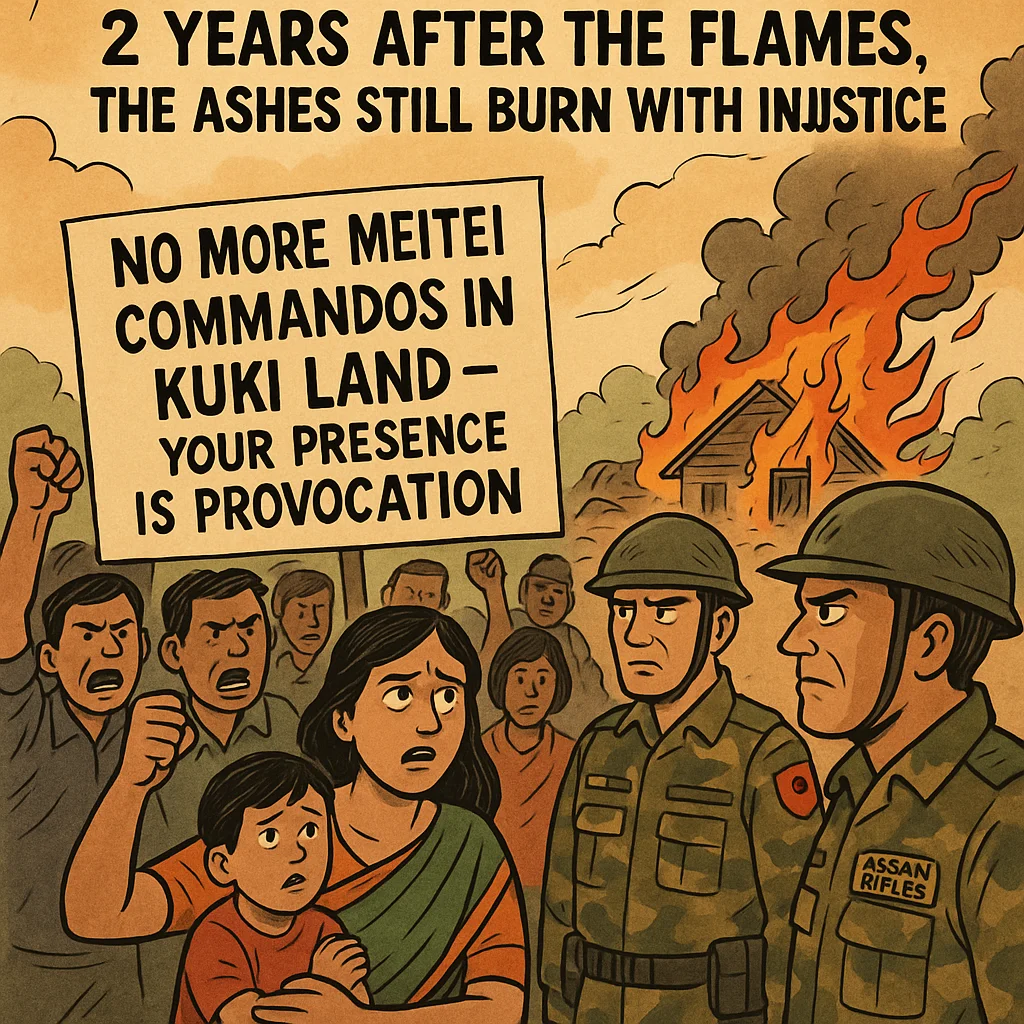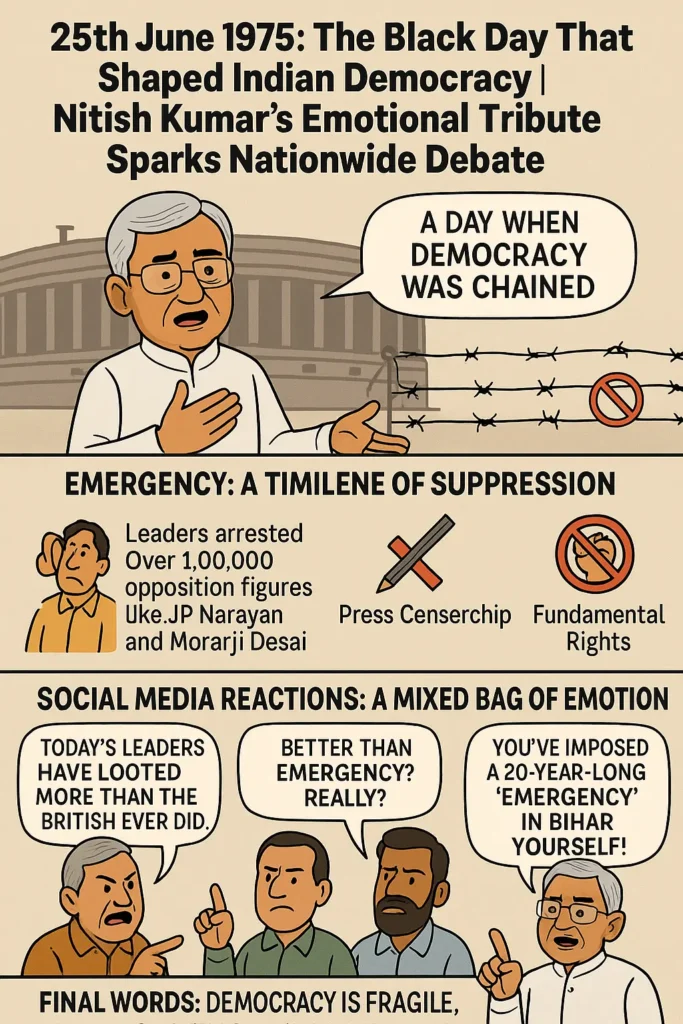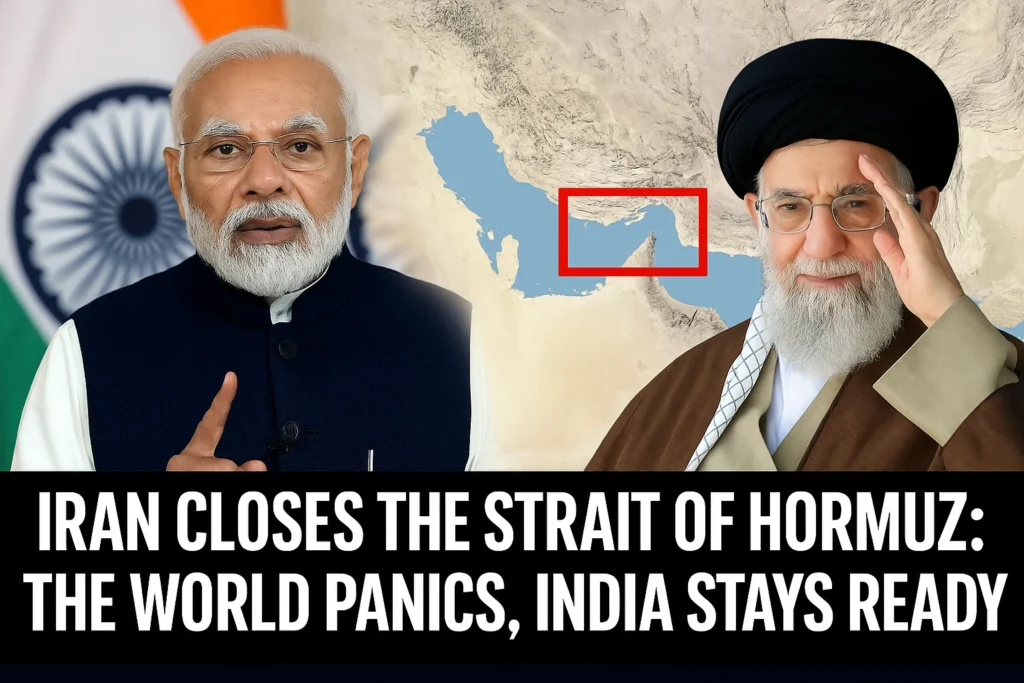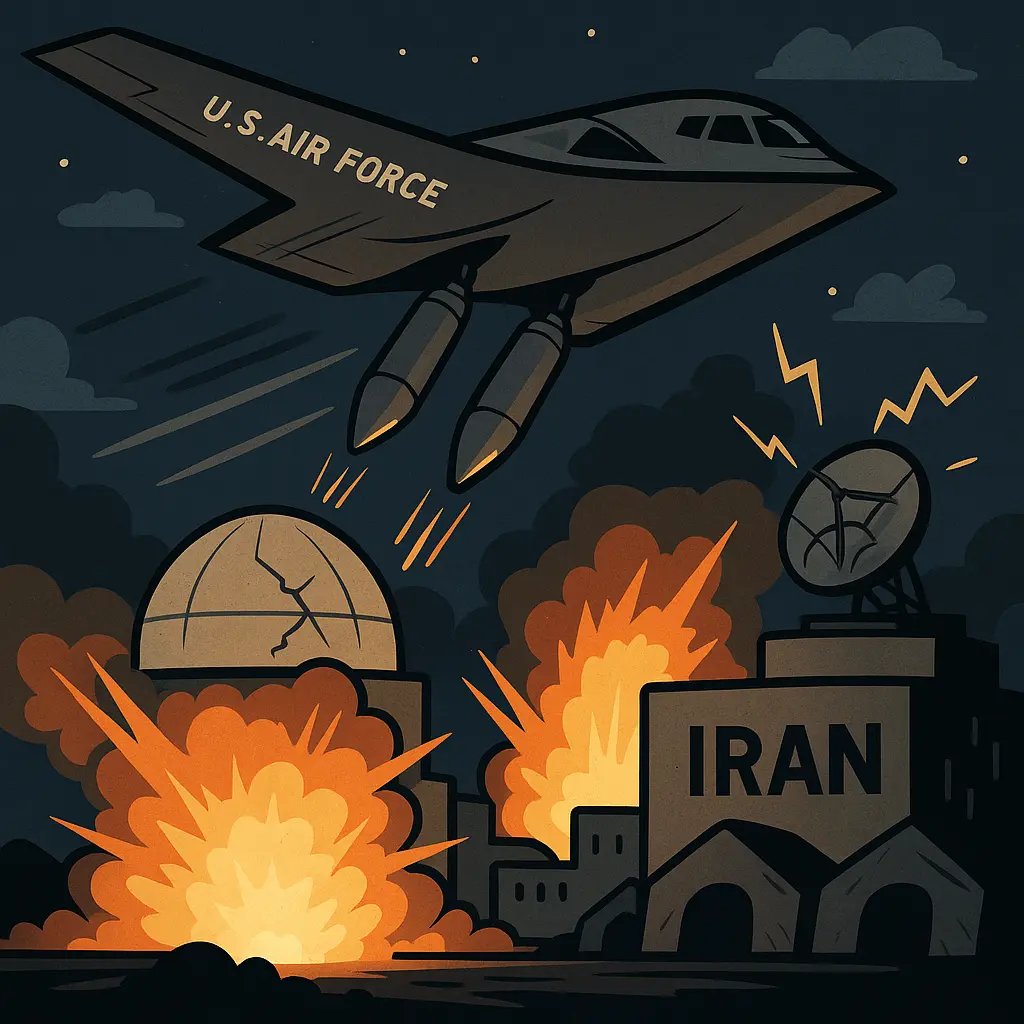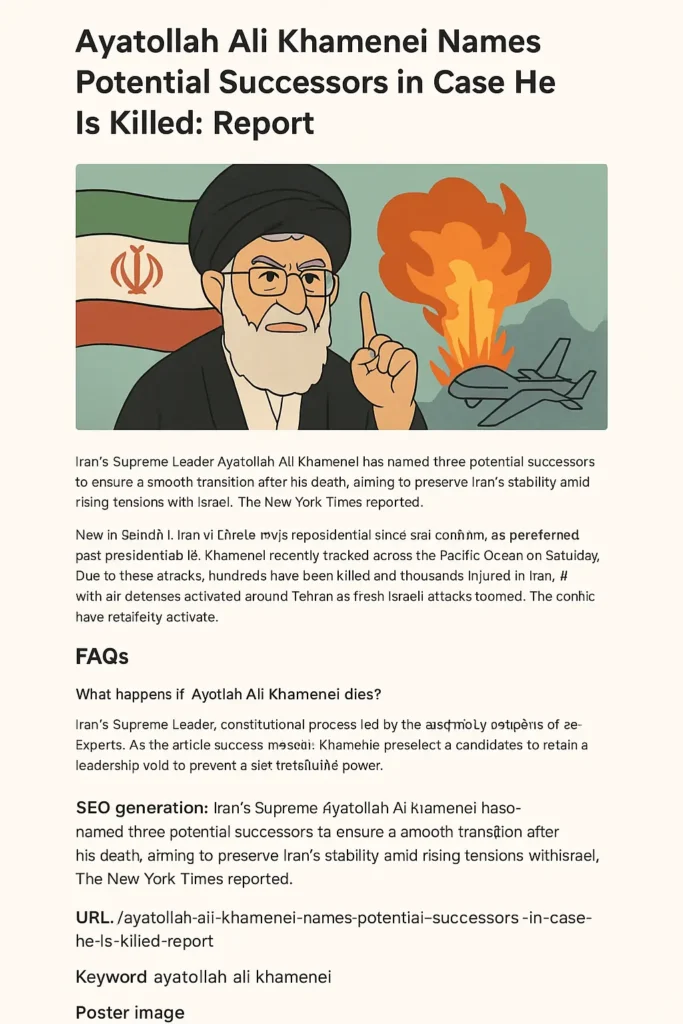The Return of Fear in Thingkangphai: A Community Haunted by Its Past
Two years ago, the peaceful Kuki village of Thingkangphai in Manipur was engulfed in terror. Burned to the ground by a combined force of Meitei commandos and state-backed resources, the village became a symbol of ethnic cleansing. Now, in June 2025, history is threatening to repeat itself. Personnel from the 1st Assam Rifles and Manipur Police have intruded once again — not as peacekeepers, but as a painful reminder of past trauma. Manipur: If buffer zones don’t protect villages like Thingkangphai, what are they for? AR must be held accountable for unlawful movements and biased command. @official_dgar @RajBhavManipur @HMOIndia@PMOIndia @DefenceMinIndia#BufferZoneBreached#Emergency1975#iranisraelwar pic.twitter.com/RNrSIhQt56 — The Meitei Lies Detector (@lala46603) June 25, 2025 1 Commanding Officer, 10 Deaths, and Zero Accountability What makes this return especially traumatic is the presence of a Meitei Commanding Officer who has already been linked to the brutal killings of 10 Burmese PDF boys just a few months ago. Trust is broken, justice is absent, and fear has become the air the villagers breathe. These aren’t neutral forces. The Kuki people see them as extensions of Meitei majoritarianism — political actors in uniform, not guardians of law and order. And now, their reappearance in Kuki lands signals a chilling message: “We can come back whenever we want.” June 2023 Revisited: The Ghosts of Sugnu Let’s not forget the first week of June 2023, when state-supplied Casspir vehicles were used to attack and burn Kuki villages in the Thingkangphai region. No justice followed. No inquiry was made. Today, these same forces have returned with audacity, retracing their violent steps, sparking anger, fear, and mass mobilization in the tribal belts. जिस समाज में पत्थर की लक्ष्मी पूजी जाती है और जीवित लड़की सड़कों पर नंगी घुमाई जाती है तो समझ लो वो धर्म केवल ढोंग है! #NarendraModi #Manipur pic.twitter.com/iFxB8EoDOv — Deepak Khatri (@Deepakkhatri812) June 25, 2025 10,000 Voices in Protest, But Is Delhi Listening? In a striking show of defiance and unity, thousands of Kuki protestors flooded the streets of Kanggui, organized by KWOHR, COTU, KWU, KISH, and KSOSH. Their voices were loud, their signs were clear: “No More Meitei Commandos in Kuki Land!” They are not demanding privilege — they are pleading for survival. Their message is emotional and desperate: “Peace cannot be dictated by those who brought war.” Where is the Government? Where is the Protection? The central question that echoes through Manipur today is simple but heavy:Where is the government when Kuki civilians are left vulnerable to the very forces that torched their homes? Buffer zones are being violated. Peace areas are disrespected. And worst of all, tribal citizens are being treated as enemies within their own land. If the Indian state remains silent, then it becomes complicit. Conclusion: The Kuki People Won’t Be Silent Anymore The Kuki community is clear — enough is enough. They demand the immediate withdrawal of Meitei-led security forces from their territories and the deployment of neutral central forces instead. This isn’t just about law and order; it’s about survival, dignity, and justice. Until these steps are taken, the Kuki people will stand firm, protest louder, and never forget the fire that still smolders beneath the ashes of Thingkangphai. Top 5 FAQs 1. What happened in Thingkangphai in June 2023?In June 2023, Kuki villages including Thingkangphai were attacked and burned by Manipur Police and Assam Rifles using state-supplied vehicles. 2. Who is the controversial Meitei Commanding Officer?The current CO of the 1st Assam Rifles is a Meitei officer reportedly involved in the killing of 10 Burmese PDF boys. 3. Why are Kuki people protesting now?They are protesting the re-entry of Meitei-dominated forces in their villages, which they view as a threat and a repeat of previous violence. 4. What is the demand of the Kuki community?The Kuki community demands the removal of Meitei commandos and their replacement with neutral central security forces. 5. Has the central government responded?As of now, no official response has been made by the central government regarding the protests and demands.

